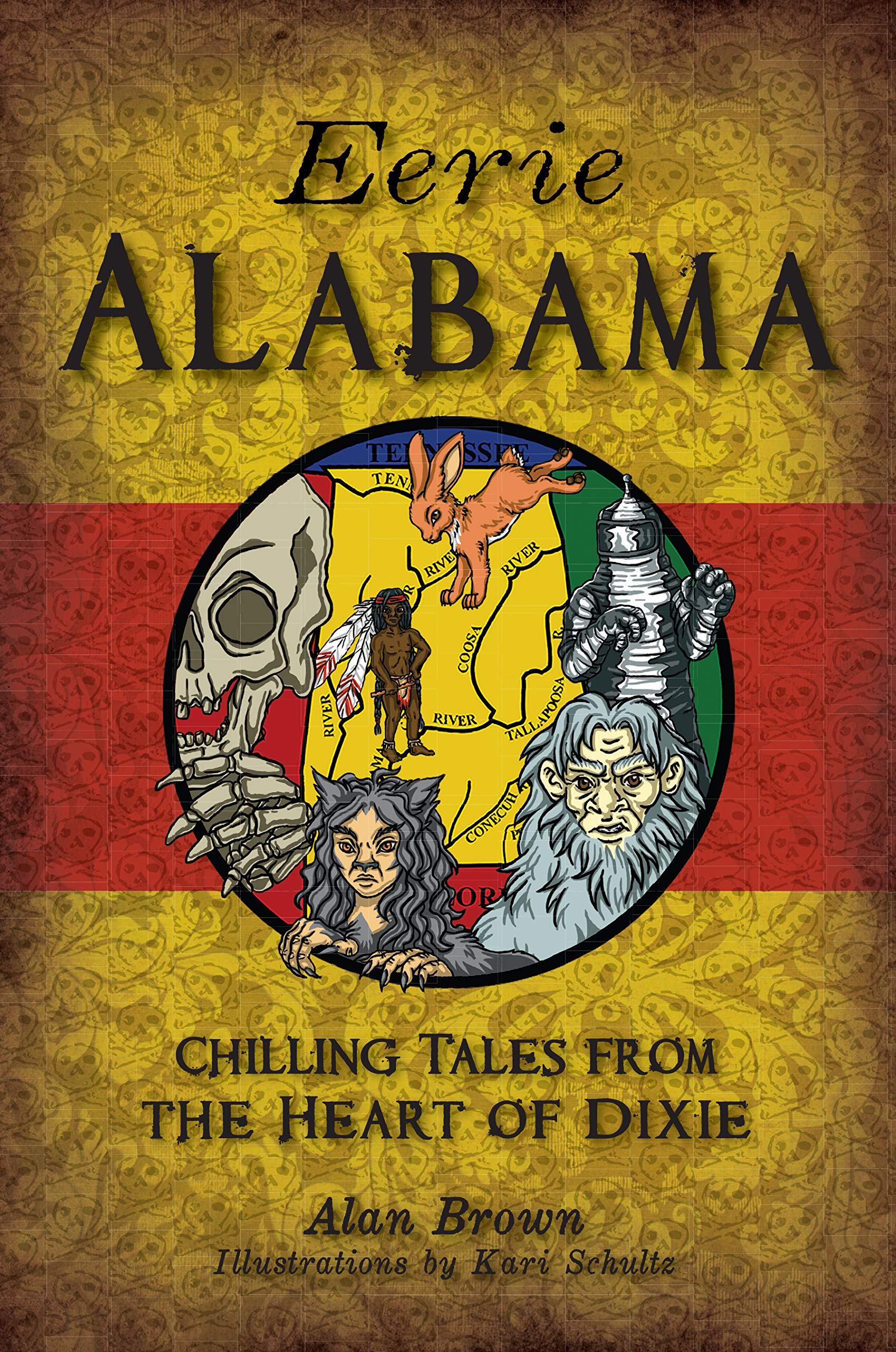The first inhabitants of Charleston were Wando, Sewanee, and Kiawah Indians, who lived in the area until the mid-1700s. The first colonists from England called their city “Charles Towne” after their king, Charles II. Because Charleston tolerated the French Huguenots and Jews, a large number of churches were established there, earning it the name “The Holy City.” In the early years, Charleston prospered as a result of the export of indigo and rice and the trade of deerskins with the Indians. During the Revolutionary War, Charlestonians protested the Tea Act of 1773 by confiscating tea and storing it in the Exchange and Custom House. In 1780, General Benjamin Lincoln surrendered his entire force of 5400 men to the British, making the Siege of Charleston the greatest American defeat of the entire war. After the British relinquished control of the city in December 1782, its name was officially changed to “Charleston.” On January 9, 1861, the Civil War began after shore batteries under the command of General Pierre G.T. Beauregard began firing on Fort Sumter. Union troops took control of Charleston in 1864. The city’s economy’s recovery was initiated by the construction of the naval yard and fertilizer plant. On August 31, 1886, a massive earthquake damaged 2,000 buildings. Amazingly, a number of Charleston’s historic buildings remain intact to this day, despite the wars, hurricanes, and fires that threatened to wipe the city off the map.
About The Author
Alan Brown
Dr. Alan Brown has been a professor of English at the University of West Alabama since 1986. For the past few years, Dr. Brown's interest in Southern folklore has manifested itself in several collections of Southern ghost stories, including The Face in the Window and Other Alabama Ghostlore (1996), Shadows and Cypress (2000), Haunted Places in the American South (2002), Stories from the Haunted South (2004), Ghost Hunters of the South (2006), Haunted Georgia (2007), Haunted Texas (2008), Ghost Hunters of New England (2008), Haunted Tennessee (2008), Haunted Kentucky (2009), Haunted Birmingham (2009), Haunted Vicksburg (2010), Haunted Natchez (2010), Haunted Meridian, Mississippi (2011), Ghosts along the Mississippi River (2011), and The Big Book of Texas Ghost Stories (2012). He has also investigated a number of haunted sites, including The Artist's House in Key West, FL, Miss Molly's Bed and Breakfast in Fort Worth, TX, and the Waverly Hills Tuberculosis Sanatorium in Louisville, KY.



Recent Comments